Cargo drones are set to revolutionize mountaineering on Mount Everest, potentially saving lives and improving safety for Sherpas. According to a recent report from Explorers Web, successful tests conducted last spring have led Nepalese authorities to approve the use of drones for transporting gear and retrieving trash between Base Camp and Camp 1.
A Safer Alternative to Human Porters
The Khumbu Icefall, located between Base Camp and Camp 1, is notoriously dangerous. Nearly 50 people have lost their lives navigating this treacherous section since Everest was first summited in 1953. The introduction of drones aims to reduce the number of human crossings through this hazardous area.
Dawa Steven Sherpa of Asian Trekking told ExplorersWeb, “The use of drones on Everest is a natural evolution of technology applied to Himalayan mountaineering. It’s something helicopters were doing but at a pretty high risk and high cost.”
Improved Efficiency and Environmental Benefits
The DJI FlyCart 30, a long-distance heavy lifter drone, demonstrated impressive capabilities during the tests. It successfully airlifted 516 pounds (234 kg) per hour between Camp 1 and Base Camp – a task that typically requires at least 14 porters and takes six hours to complete.
Mingma G of Imagine Nepal, who tragically lost three team members to an ice collapse this past spring, emphasized the benefits: “Drones will save lives. Also, drones will relieve the crowding at the Khumbu Icefall, and multiply the amount of rubbish that can be brought down.”
Changing Roles for Sherpas
While some worry about potential job losses for porters, stakeholders view this as an opportunity for Sherpas to transition into more skilled roles.
Dawa Steven Sherpa explained, “Having the sherpas less engaged in ferrying loads would free them up to assist their clients on the actual climb. This is more financially rewarding for them in terms of bonuses and tips.”
There are also plans to train Sherpas as drone pilots, opening up new career paths within the mountaineering industry.
Broader Implementation and Future Prospects
The use of drones won’t be limited to Everest. A Memorandum of Understanding has been signed to implement this technology across other peaks in the Khumbu region. Chinese drone manufacturer DJI will be responsible for commercializing the drones used in these operations.
READ MORE: DJI MAVIC 3 PRO DRONE CONQUERS MOUNT EVEREST IN GROUNDBREAKING FLIGHT
As the technology evolves, it may lead to changes in climbing strategies. Some Sherpa teams are already considering basing themselves out of Camp 2 in the future, further reducing their exposure to the dangerous Icefall.
DroneXL’s Take
The integration of cargo drones on Mount Everest represents a significant step forward in Drone Technology applications for extreme environments. This development aligns with the growing trend of drones being used for good, showcasing their potential to save lives and improve working conditions in hazardous settings.
As we’ve seen in recent articles about search and rescue operations, drones are increasingly proving their worth in challenging terrains. The Everest initiative further demonstrates how unmanned aerial vehicles can complement and enhance human capabilities in some of the world’s most demanding environments.
Photo courtesy of DJI.
Discover more from DroneXL
Subscribe to get the latest posts sent to your email.




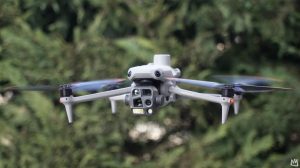
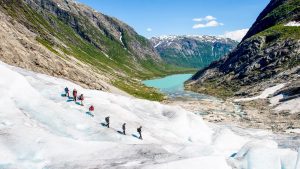

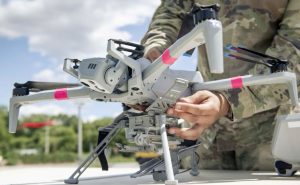

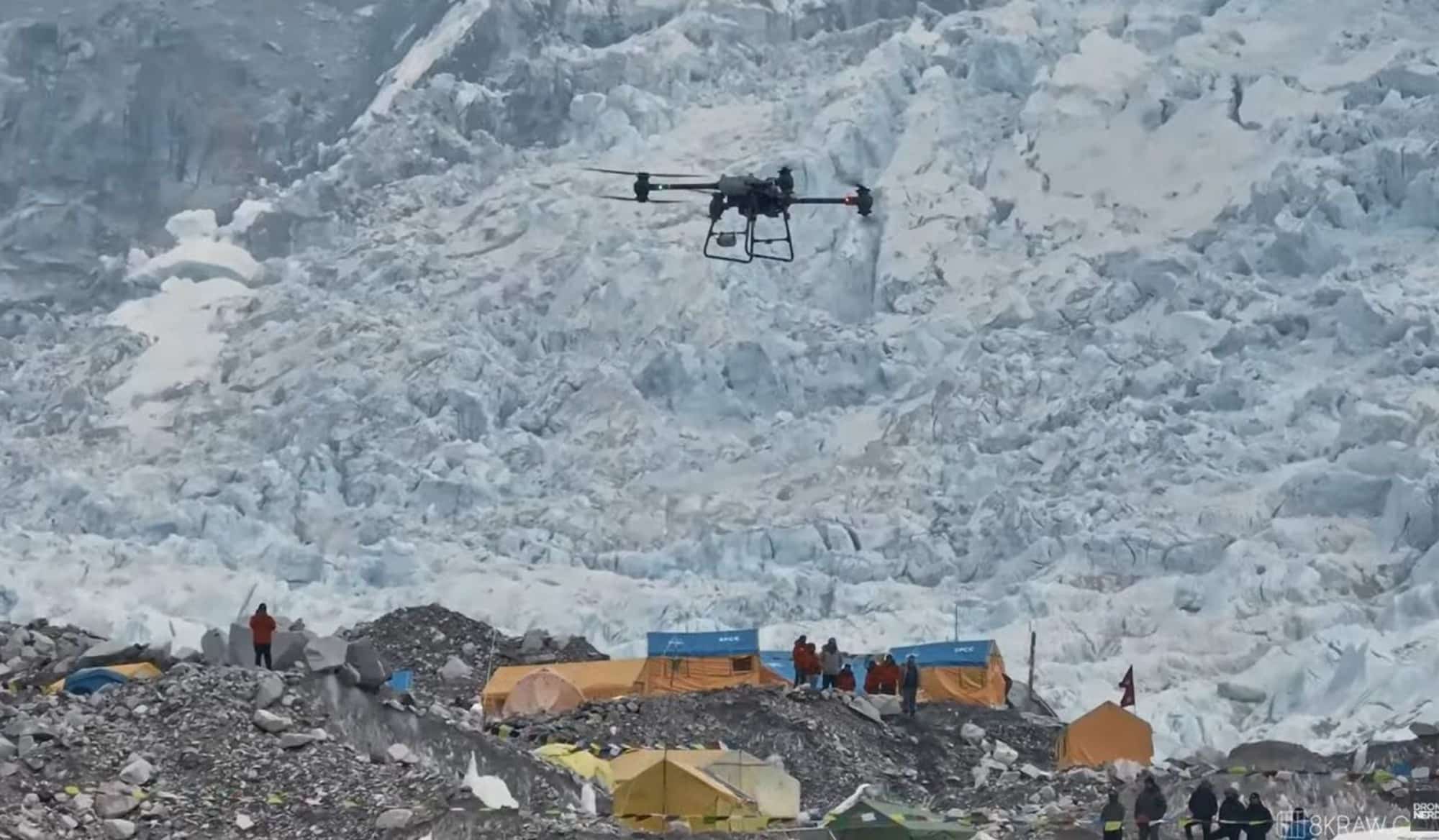



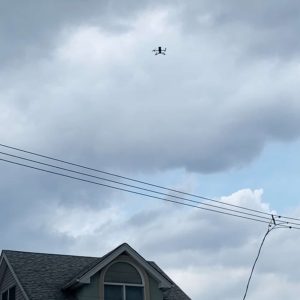


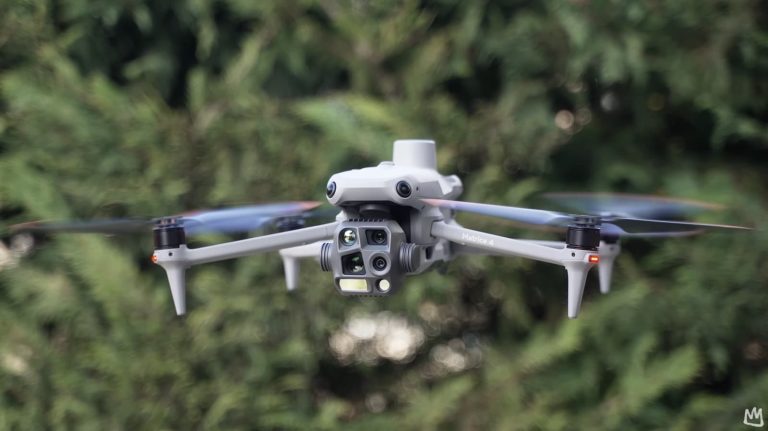
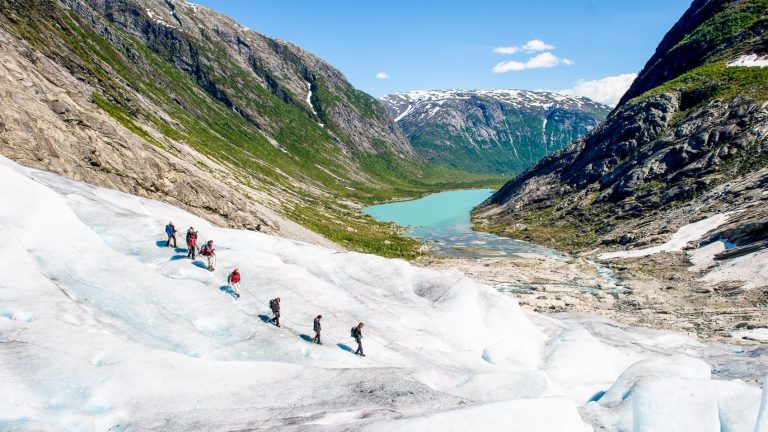


+ There are no comments
Add yours